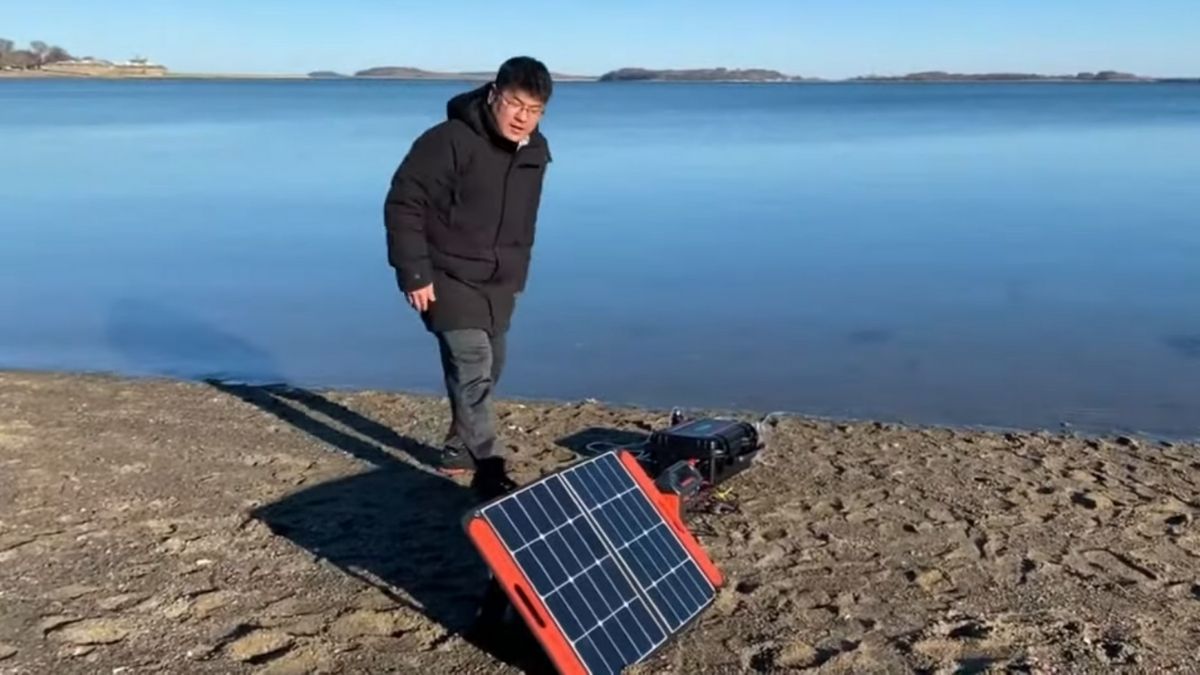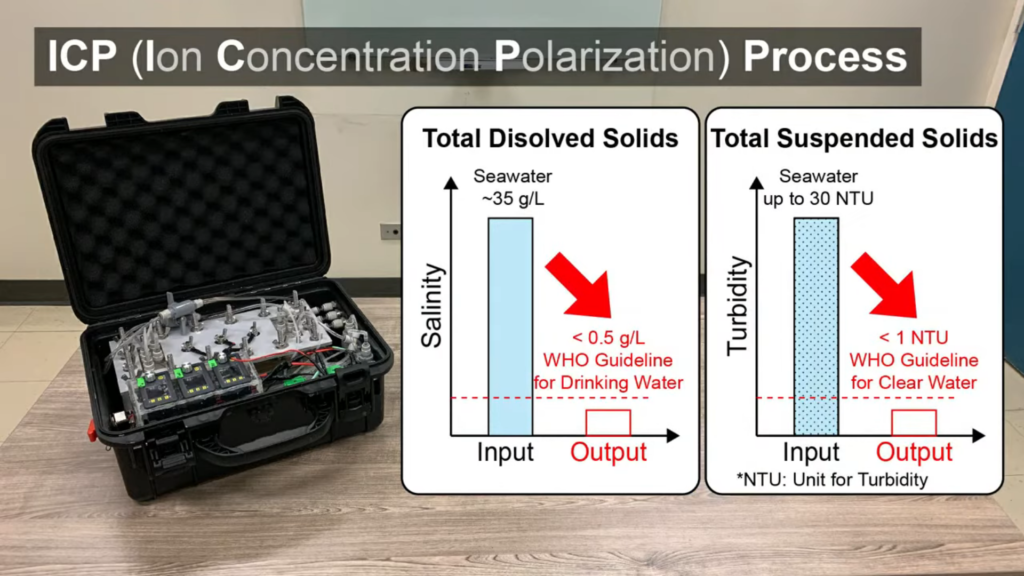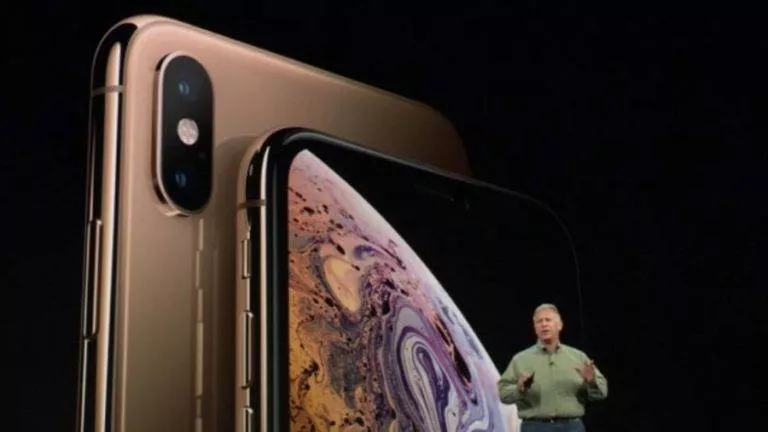MIT Has Made A Suitcase-Sized Device To Make Sea Water Drinkable

MIT researchers have successfully created a portable desalination unit that is the size of a suitcase. The device can filter seawater and convert it into consumable water within hours. It is supposed to be a portable unit fit for remote areas, and personalized usage in difficult terrains.
What is a Portable Desalination unit?
Desalination means the removal of salt and other contaminants from the seawater and making it fit for drinking. Huge desalination plants exist to produce drinkable water for a city or town. But that isn’t possible in remote areas where drinking water becomes a luxury.
A portable desalination unit will come in handy in these situations to decontaminate water and make it fit for human consumption. Jongyoon Han, is a professor of electrical engineering and computer science, and biological engineering at MIT. He along with his team of researchers spent almost a decade of his life trying to build the portable desalination unit at MIT.
The team developed a technique called ion concentration polarization( ICP ) before they began working on the project. This technique eliminates the need for filters and instead uses an electrical field to separate contaminants. MIT researchers recently made an X-ray device to peep inside 3-D designs.

Project Constraints
Creating a portable desalination unit was a challenge. Desalinators are very big, but by using a different filtration technique, the team managed to shrink them to fit in a suitcase. If someone wants to increase the production power, they can stack more interaction units on top.
To achieve such modularity, they went through a lot of design changes. Since the device doesn’t use any filters, there is no requirement for an expensive filter change. All these aspects market the portable desalination unit a lifesaver in remote areas. Places like isolated beaches, lighthouses, or tropical regions where water is abundant yet undrinkable.
Along with the main unit, it requires a battery to operate. However, the power needed to operate the unit is comparable to a smartphone charger. Jongyoon Han displayed the portable desalination unit in action in a video.
He placed the feeder tube in the seawater and connected the battery to a solar panel. Within 30 minutes, the device produced half a glass of drinking water which he gladly gulped in one go. But, he didn’t share anything about the future availability of the device or the cost of building it.






